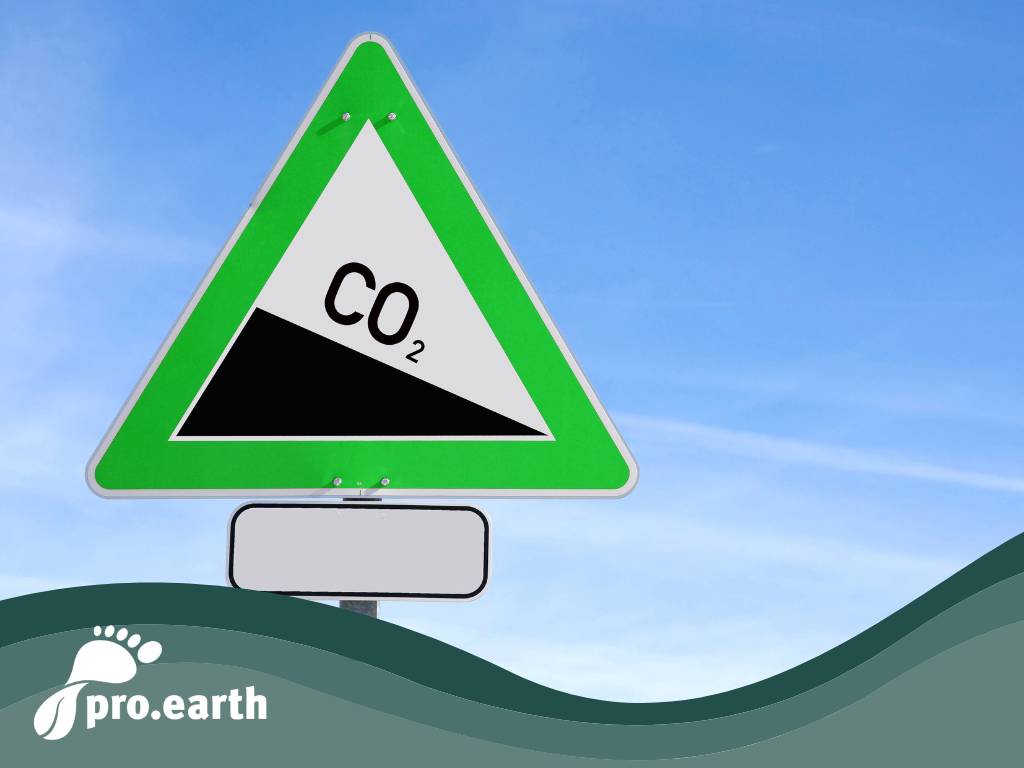Fit-for-55: EU Parliament adopts far-reaching climate protection legislation

The European Parliament voted today in Strasbourg on several climate protection laws and decided to establish a Social Climate Fund, reform the Emissions Trading System (ETS) and the CO2 border adjustment. Both are part of the EU's Fit for 55 package , with the declared aim of reducing emissions in the EU by at least 55% by 2030 compared to 1999 levels and making the EU climate-neutral by 2050.
CO2 emissions trading
In 2005, the EU introduced emissions trading with CO2 certificates, which, however, had certain weaknesses from the outset, such as a far too high number of certificates available on the market and therefore too low a price for CO2 emissions.
The reform provides for emissions trading to be tightened and extended to the building sector and shipping. Previously, it only applied to 40 percent of European emissions, namely electricity generation, energy-intensive industry and, since 2012, European aviation. Secondly, the total number of CO2 certificates to be distributed annually is to be gradually reduced to zero by 2040.
The amendment adopted today aims to ensure that the upper limit for permitted greenhouse gas emissions falls much faster than before. In 2030, this limit is to be 62% lower than in 2005, which means that the price of CO2 will rise more quickly and climate-damaging economic activity will become more expensive.
The tasks of the Social Climate Fund
"The new Social Climate Fund will provide targeted financial support to Member States to help vulnerable citizens and micro-enterprises invest in energy efficiency measures such as home insulation, heat pumps, solar panels and electric mobility. It will also be able to provide direct income support covering up to 37.5% of new national social climate plans. The program will start its work in 2026, i.e. before the new emissions trading scheme for fuels in transport and buildings comes into force, and will be financed with EUR 65 billion from the EU budget and 25% co-financing from the Member States," writes the EU Commission.
The rising heating costs and fuel prices caused by emissions trading are therefore to be cushioned by the newly created Social Climate Fund. Some see it as underfunded at 86 billion euros due to the resistance of some member states and hope that the money will actually reach the citizens in need.
In addition, the Social Climate Fund aims to create incentives for climate-friendly investments in the building sector and transportation.
What weakens the effect of the reform
A built-in price brake is intended to cushion the impact of rising CO2 prices and social funds on our heating and fuel bills. These are a problem for the climate, says Claudia Kemfert, head of the Energy, Transport and Environment Department at the German Institute for Economic Research (DIW), in "Zeit Online". "This keeps the price of CO₂ emissions too low. We are proposing a price of 100 euros per tonne in the building and transport sector with immediate effect, which should rise to 180 euros in the future." A financial incentive is needed to switch to climate-friendly infrastructure. This has been clearly visible since the massive rise in heating and electricity costs.
The market alone cannot achieve the climate targets
"We need additional state funding for this, it's a regulatory issue. Anyone who relies solely on the CO₂ price will miss the climate targets," says Kemfert, and other climate scientists and environmental economists agree.
"When people lead the way, for example by having a solar system installed on their roof, it spreads to others. There is a copycat effect," says climate scientist Brigitte Knopf. "And if more and more people get involved in the topic and are willing to invest, then this has an impact on politics. They are then prepared to enact stricter rules. Or to increase the CO₂ price more."






